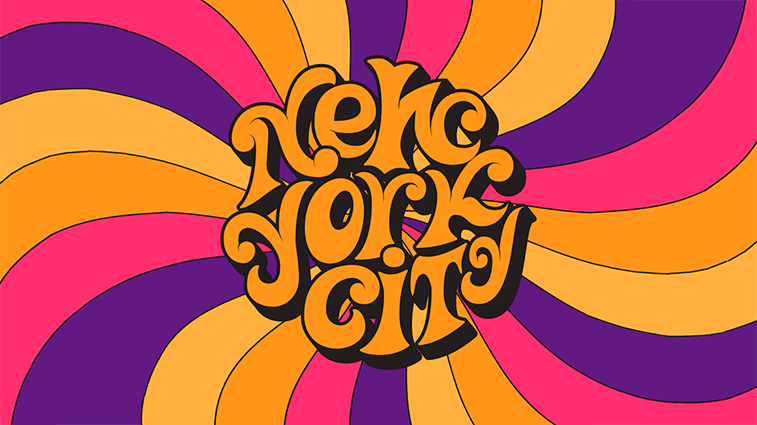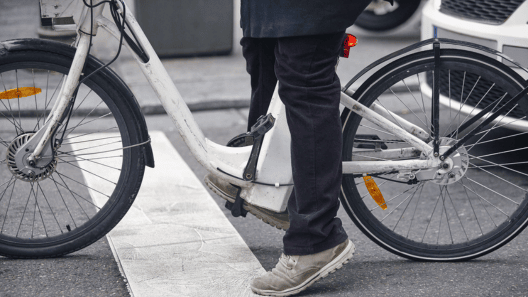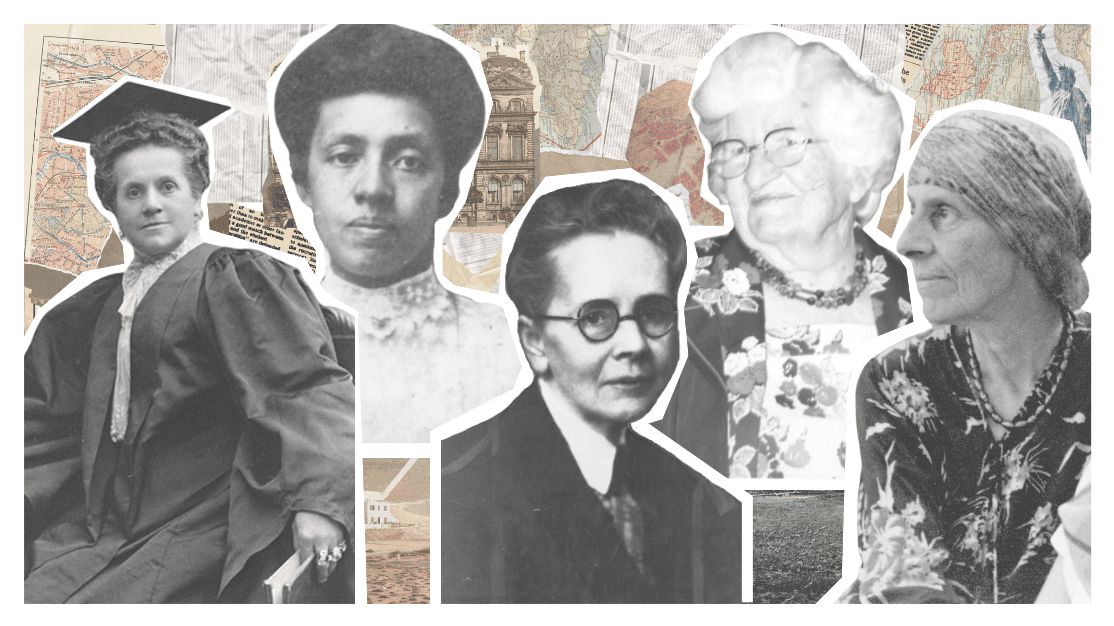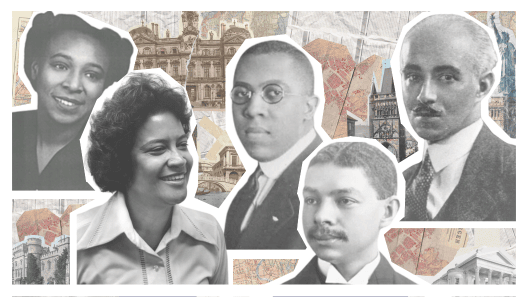
1968: The Year the Code Changed
Nineteen Sixty Eight may be the most important year in New York City building development. That year the Department released an updated Building Code. It took forty years to release another. This left a lot of buildings under the 1968 code.
Administrative Code Section 28-101.4.3 allows prior code (or pre-2008) buildings to be “preformed in accordance with the requirements and standards set forth in the 1968 Building Code.” A building administered by prior code is not subject to the more stringent fire safety and accessibility rules of the current code.
However, when a prior code building undergoes renovations, a code update (or partial update) may be necessary. A common misconception is that buildings have to update to the current code when they undergo a use or occupancy change. This is only partially true. It depends on work type.
The main circumstance that carries a prior code building entirely into the current code is a major increase in surface area, usually a vertical enlargement. Section 28-101.4.5 of the Administrative Code asserts that prior code buildings undergoing work that increases the floor area by more than 110 percent are required to comply with current code.
The only circumstance where an entire prior code building must update to current code is when the floor area is increased by 110%.
There are also 19 exceptions where one cannot use prior code during renovations. Here are the most common exceptions:
Must Use Current Code
These instances require prior code buildings to use the current code.
Fuel gas, plumbing and mechanical work. The installation of and work on all appliances, equipment and systems regulated by the New York city fuel gas code, the New York city plumbing code and the New York city mechanical code shall be governed by applicable provisions of those codes relating to new and existing installations.
Materials: Materials regulated in their use by the 1968 building code shall be subject to applicable provisions of the current code.
Energy efficiency: All work related to energy efficiency shall be regulated by the New York City Energy Conservation Code.
Security grilles: The installation and replacement of security grilles shall comply with Section 1008.1.4.5 of the New York City Building Code.
Handrails: Where the alteration of a building includes the addition or replacement of an entire stair enclosure including the stairs, handrails shall comply with Section 1009.12 and Section 1012 of the New York city building code. Where the alteration of a building includes the addition or replacement of ramps, handrails shall comply with Section 1010.8 and Section 1012 of such code.
Special Section in Current Code
These instances refer prior code buildings to a special section of the current code. It’s a sort of compromise in the current code for prior code buildings.
Fire protection systems. Alterations of buildings and changes of use or occupancy shall be governed by Chapter 9 of the New York City Building Code, subject to special provisions for prior code buildings as set forth therein.
Elevators, conveyors and amusement rides. The installation of and work on elevators, conveyors, and amusement rides shall be governed by Chapter 30 and Appendix K of the New York City Building Code and the rules of the department, subject to special provisions for prior code buildings as set forth therein.
Accessibility. Alterations, including minor alterations, of buildings and changes of use or occupancy, shall be governed by Chapter 11 of the New York city Building Code, subject to special provisions for prior code buildings as set forth therein.
Emergency and standby power systems: The installation of and work on emergency and standby power systems shall comply with Section 2702.1 of the New York City Building Code.
Have a prior code project that needs code consultation or expediting? Contact Outsource here.








